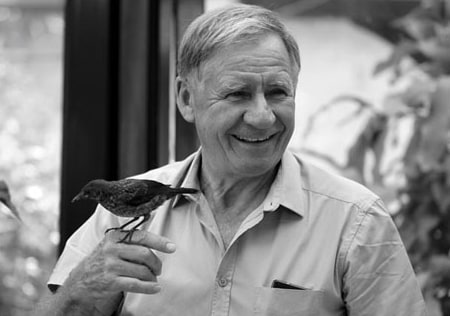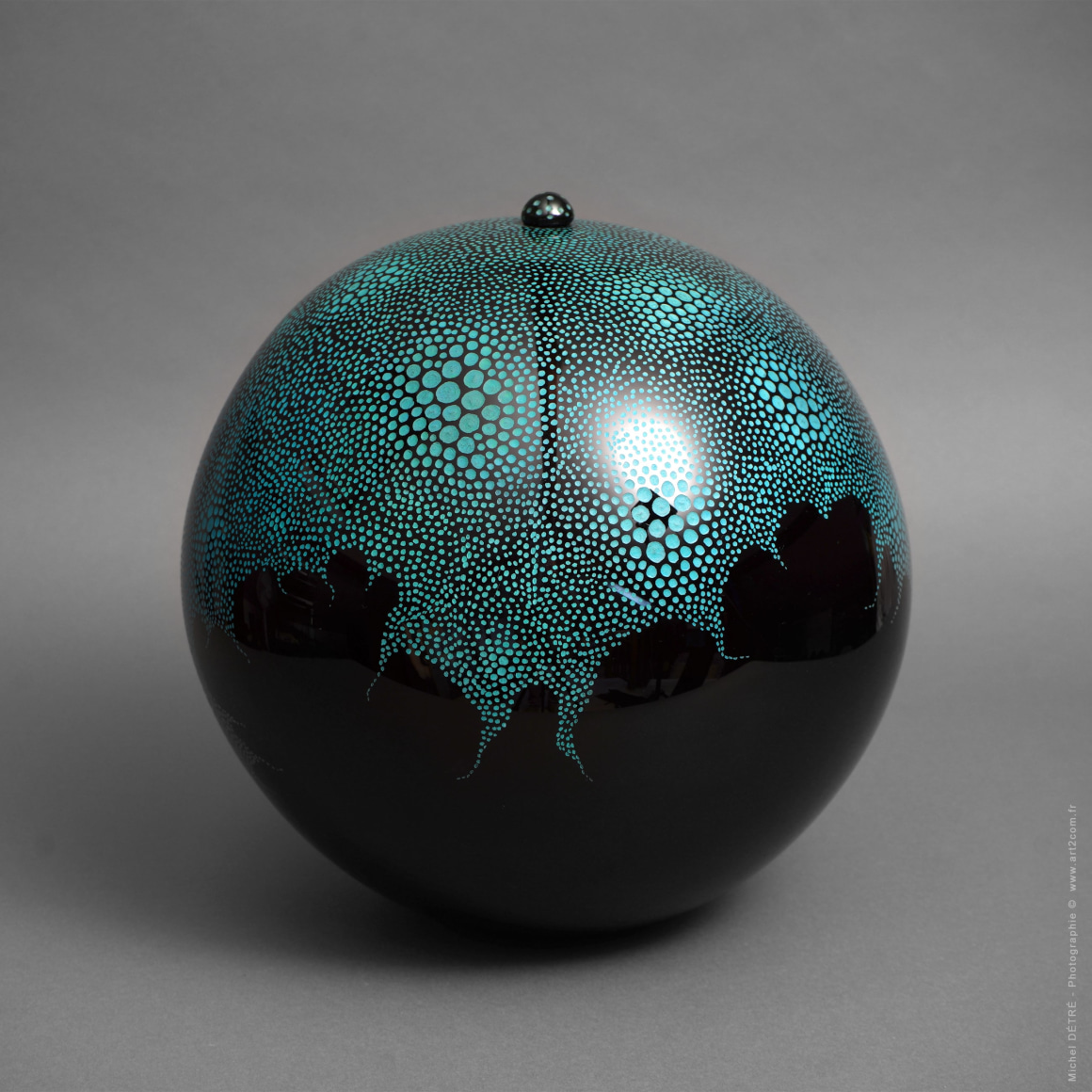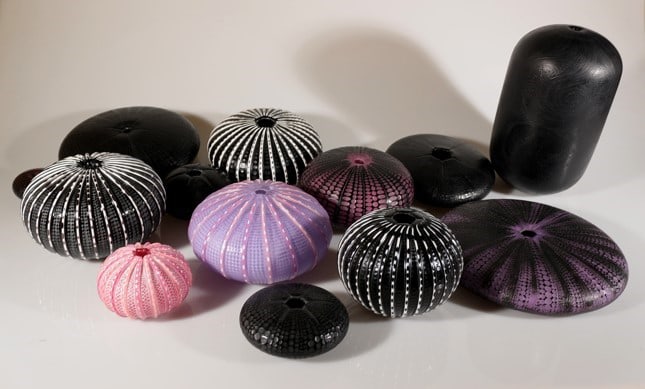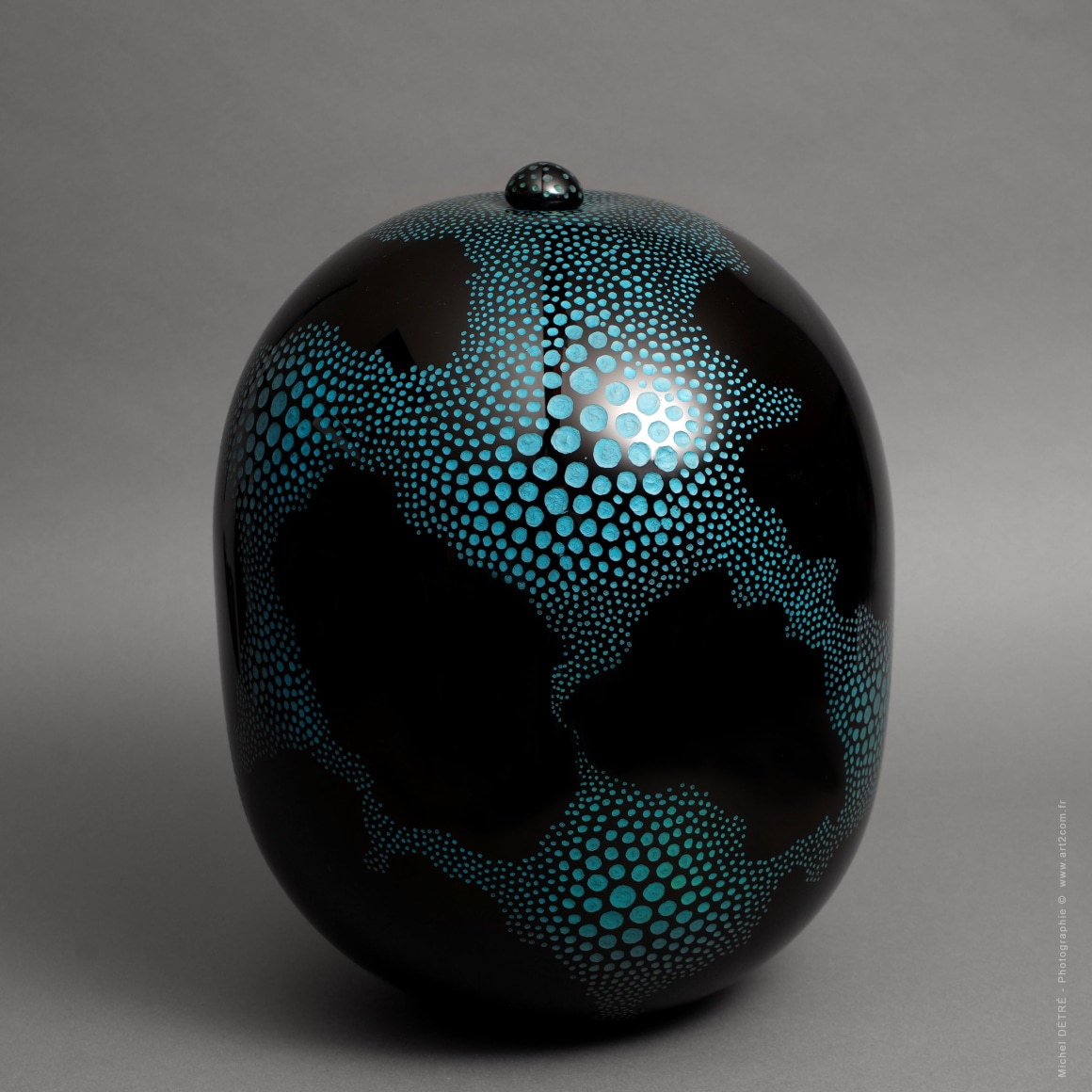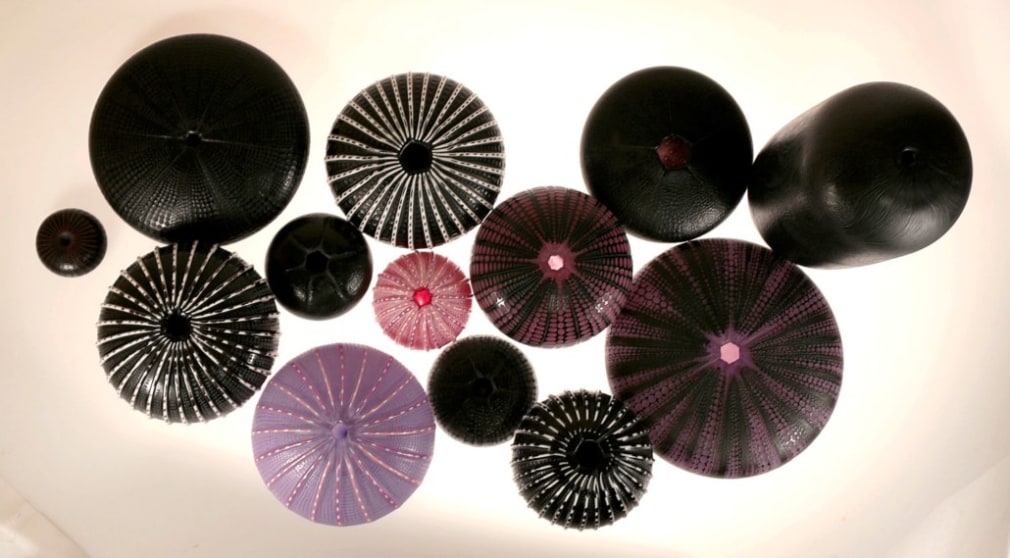The beginnings, 1950s: "The only subjects that allowed me to get very good grades in high school were drawing (because it was necessary to draw), and natural sciences (because it was also necessary to draw). In all other disciplines, I distinguished myself by my stubbornness in clinging to this status of happy dunce, year after year, repeat after repeat. Around the age of 15, encouraged by my painting teacher Auguste Clergeau (whom we kindly nicknamed "Gouachou"), I bought my first tubes of oil paint, and decided to become Cézanne, Gauguin and Van Gogh all at once. My first still lifes were painted while listening to Wagner.
A few years ago, I found my first landscapes in the family attic. Little corners of the Île de Ré, where we spent all our holidays. I had set up my easel in a garden, at Bois Plage, then on the port of Saint Martin. With age, I am no longer ashamed of these somewhat awkward paintings, which I look back on with nostalgia. I find all the scents of the tide, the dunes, the grass, and the wild carnations there. Michel DétréAuguste Clergeau has entered the history of art in my country, and I rediscovered with wonder his landscapes of the Creuse on the internet and at auctions.
In 1961 and 1962, at the Ecole des Beaux-Arts in Bourges, I took Marcel Gili's sculpture classes. He was a strong, smiling, passionate, and imposing man. I admired him, without knowing that he carried within him his master Aristide Maillol, as well as Henri Laurens, Robert Delaunay, Ossip Zadkine, Fernand Leger, Albert Gleises, Raoul Dufy, Max Jacob, Le Corbusier, Jean Cassou, and Auguste Perret, with whom he had founded, under the aegis of the painter Saint-Maur, the artistic association "Art Mural" in 1935. After a few years at the Beaux-Arts, I found myself, like many painters of that time, hanging around Saint-Germain-des-Prés. Like Montmartre in 1900 and Montparnasse in 1925, Saint-Germain was the bustling neighborhood in the 1960s. With some friends I met at the Beaux-Arts, I was remaking the artistic world from bistros to maids' rooms. We believed that Art was everywhere and within everyone's reach. The idea seemed more important to us than the result. We had 10 ideas a day. Some came to fruition, others, many others, never. These creations ended up in fires, or on the sidewalk, waiting for the dumpster. Because these "works," in our minds, were not made to last. Contemporary Art, which was not yet called that, had already taken an enormous place and imposed itself among creations, between Pop Art, Kinetic Art and other movements. We had difficulty exhibiting, and besides, we were not really looking for a gallery.
After a few years, this way of approaching creation led us, of course, into a dead end. Everything had been said; everything had been done. Towards the end of the 1960s, I was lucky enough to meet some American painters who reproduced a photo, almost identically to oil or acrylic painting. In a few weeks, I had found refuge, the way out of this artistic impasse in which I found myself. It was the beginning of the hyperrealist movement, and I found immense pleasure in picking up my brushes again. Technique, and only technique, stripped of the very idea of creation, gave me back the joy of painting.
The challenge was to succeed in making an almost perfect reproduction of a photo, working for days, even weeks on the canvas. My first exhibition, at the Axis gallery, rue Guénégaud, in Paris in 1974, was very well received. Others followed. Commissions too. But the number of days spent on each painting, as well as the feeling of having entered into a repetitive process, got the better of my hyperrealist period. Towards the end of the 70s, it was once again a dead end. I then took refuge in illustration, less pretentious in my eyes than Art with a large Illustration and graphics for advertising and newspapers. At the same time, to earn a living, I restored cheap 19th-century paintings for Parisian second-hand dealers and antique dealers. Unfortunately for me, many painters graduating from the Beaux-Arts were also eking out a living, sharing this rather small market. Very interested in early 20th-century glasswork, which we were rediscovering at the time, I gradually learned glass techniques and opened my first restoration workshop. The only specialist restorer had just retired, and after a few years, I was working for almost all the galleries. Art Nouveau ». This allowed me to live quite comfortably from a profession that I loved for the next forty years. I was lucky enough to know the greatest glass specialists (Art Nouveau and Art Deco), and thus was able to have in my hands the most beautiful pieces by Gallé, Daum or Lalique. In the 90s, and alongside my work as a restorer, I started painting again, freed from the obligation to create, to be part of a movement, to be at all costs in a creative quest, to be at the avant-garde. For about twenty years, my only ambition has been to fill a surface to make a decorative work that can be hung above a sofa and put in the cellar after a few years. I also still have this interest in glass. In association with the "Verrerie d'Art de Soisy-sur-Ecole", "I now work for myself, on vases or sculptures, with the sole aim, again, of producing unpretentious decorative works. May the result of my work be considered avant-garde!"

